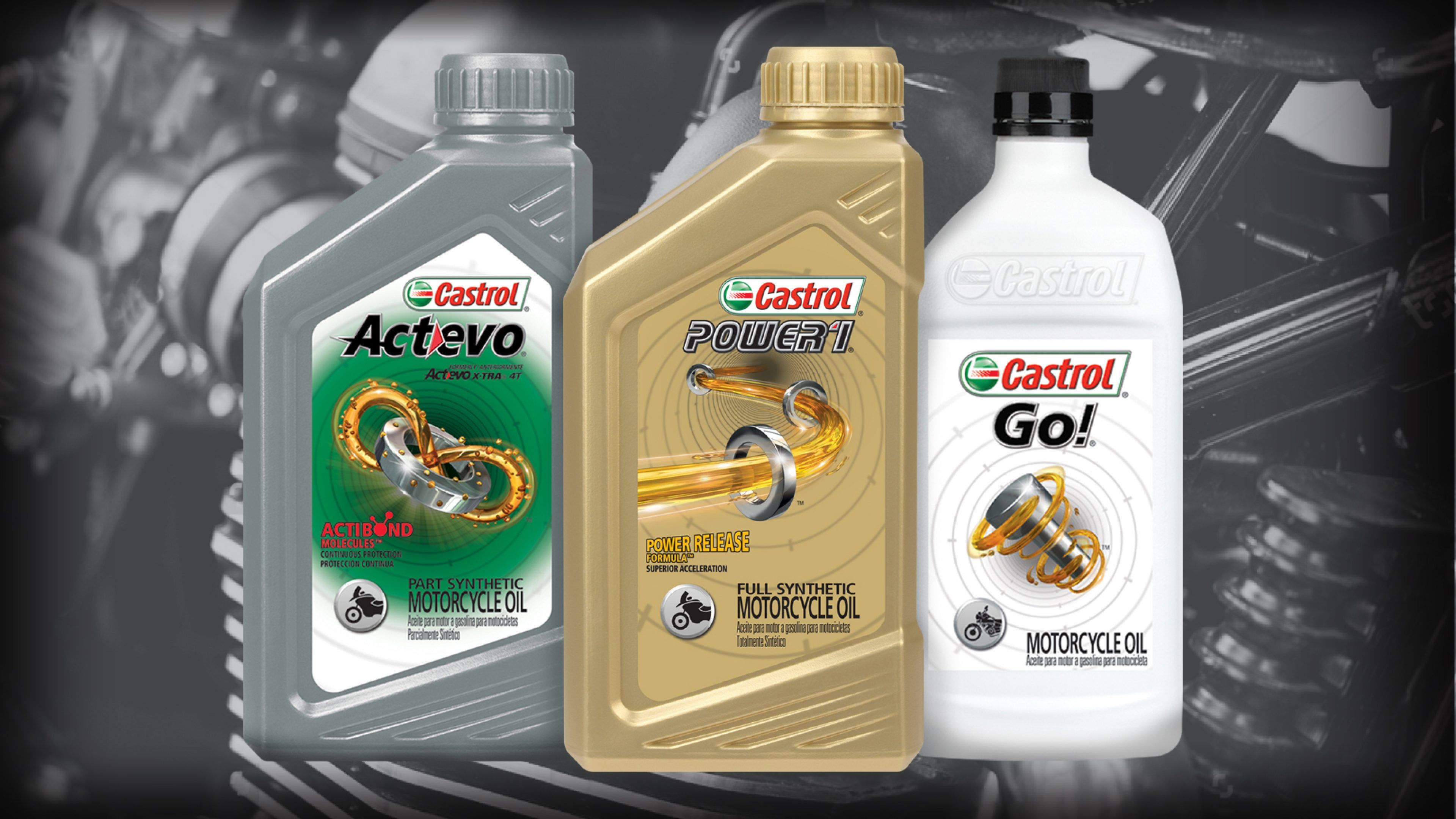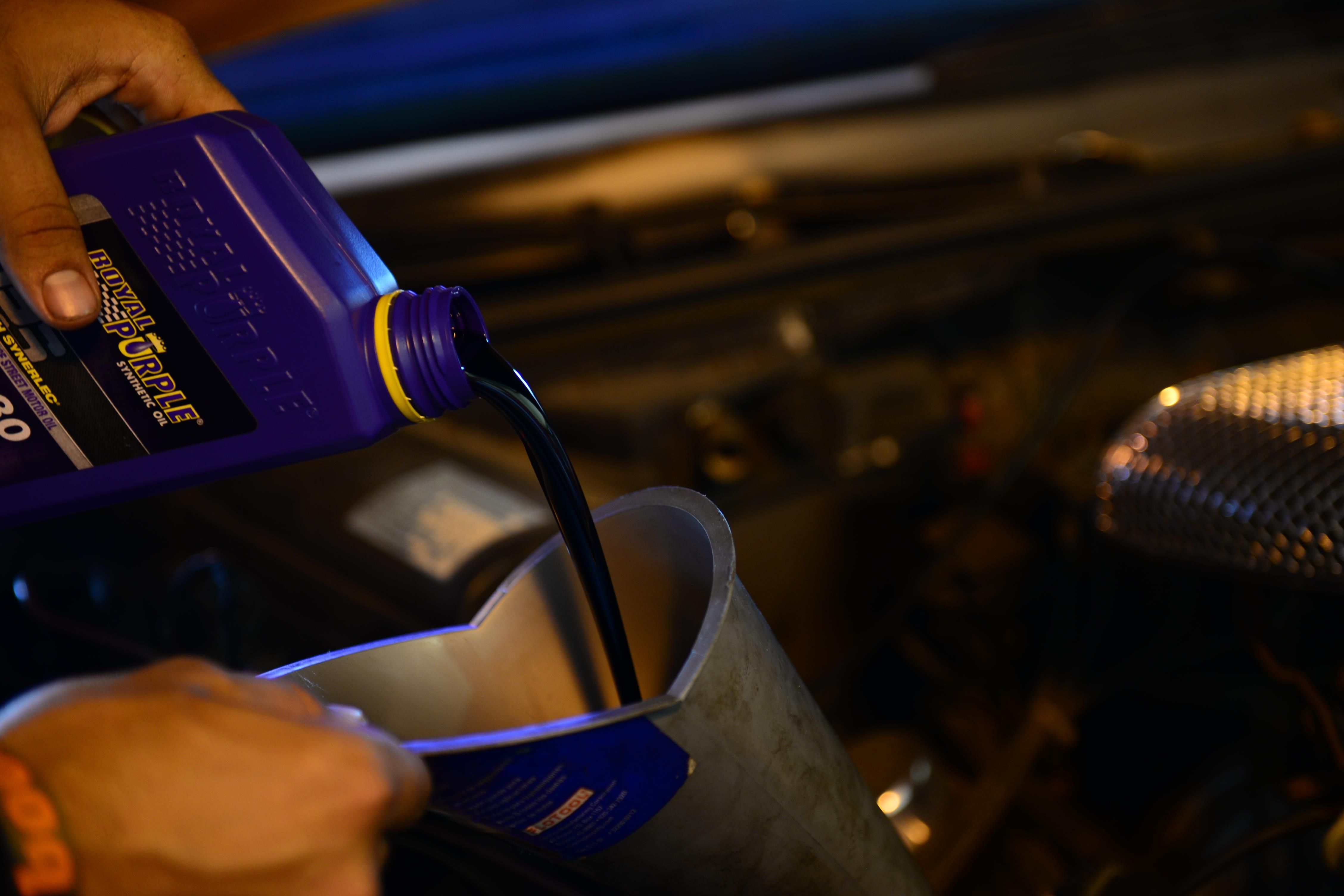To keep our well-loved motorcycles up and running to the best of its ability at all times, proper care and maintenance are absolutely necessary, and it goes beyond just washing and cleaning. Apart from the regular shining, buffing, and the all-hail gasoline, our two-wheeled machine needs its tires at the right pressure, chains lubed, battery charged, and most important of them all, the engine to be well oiled.
Here is our guide to help you out with selecting the right kind of oil for your motorcycle and some tips on how to replace it on your own.
1. Why do we need one?
Engine oils play the best supporting character for the engines to run smooth and efficient. Without it, the metal parts would not be able to move freely, causing a lot of friction, which in turn will cause a lot of heat and would lead to a significant loss of power. Then there are the seals that would dry up and crack letting in all sorts of minute foreign objects, and eventually, the whole combustion process would grind to a halt. Meaning your motorcycle would be dead. We don’t want that do we?
To keep the heat at bay, we need the oil to lubricate the internals of the engine that would reduce the friction making the movements smooth and as clean as possible, maximizing the mechanical output of your engine. Engine oil carries the heat away from lubricated parts and also cleans the internals of the engine in the process.
2. Why must we change the engine oil regularly?
This is basically the same reason as to why we must have a bath every day. With all that highly engineered construction with close tolerances, the high rpm’s of modern engines will create a lot of friction within the engine causing minute chunks of metal shave off over prolonged periods of time. Then there are foreign objects like dust and dirt that could seep in through the seals, especially if you ride in rough and muddy terrain.
These minute yet significant matter would end up depositing inside the cylinder and on the heads and would decrease the efficiency of the engine. Also, the additives are well-formulated to clean the carbon formations collected on the engine parts. Regularly changing the oil would help minimize sludge buildup as all those chunks of objects would spawn out with the old oil when we drain it from the engine, keeping the internal parts clean and ready for a fresh batch of oil.
3. What are the different types of motorcycle engine oils available?
There have been times when we get so intimidated and overwhelmed with the brands and types of engine oils available across the shelves. Each of these oils has its respective purposes and uses and vary with the grades that determine the viscosity and temperature levels that the oil can withstand without losing its position. They are basically categorized into three types:
3a. Mineral Oils
As the name implies, mineral oils are naturally available forms of crude oil manufacturers use as the standard lubrication oil. They provide excellent protection for new engines for the first few miles, especially for motorcycles with small engine capacities (80cc -125cc) that do not operate on high mechanical outputs. The structure of these oils prevents the molecules from bonding together under extreme conditions.
These factors make this type of oil less efficient and would need to be replaced frequently, more often than the Synthetic ones. While they are some of the most affordable kind, they don’t tend to last long, and any great stress on the engine or harsh riding techniques would eventually lead to components wearing out faster.
3b. Semi-synthetic Oil
Providing a fine balance between the naturally available crude mineral oil and the chemically complex structure of Synthetic ones, Semi-synthetic oils are more versatile lubricants that can help keep multiple types of motorcycle engines running smoothly. On average, these oils will contain 30 percent of its composition chemically induced to help your motorcycle run efficiently and cleanly for even short bursts of sporty riding.
Over the years, semi-synthetic oils have improved with the advancement of technology. They are considered more popular for motorcyclists generally to replenish their mineral oils with semi-synthetic one's post riding a few thousand miles. Motorcycles with engine capacity 125cc – 180cc will usually come with the semi-synthetic oil from the factory.
3c. Synthetic Oils
Anything higher than a 200cc machine, one should consider using Synthetic oils for their motorcycles for their low viscosity index. Unlike mineral oils, synthetic oils are entirely bred in labs and use mineral oil as additives only. These oils work best even when the engine is put under greater loads of stress as these oils are super lubricating and have a very high-temperature resistance.
Synthetic oils will also last longer and give the engine better protection even if you are someone who’ll burn through a full tank of fuel every day or live in areas with extreme temperature conditions. High performing machines and trail motorcycles will come with synthetic oils from the factory. These, however, are quite expensive to replenish but is definitely a small price to pay to keep your high performer up to spec.
4. Other Considerations to understand while choosing engine oils?
Once you have familiarized yourself with the three basic typed of engine oils, you now need to know how to read through the fine prints on the oil can and differentiate the grades.
4a. Engine Oil Grades
You must have seen oil cans printed with a bunch of letters and number viz — 10×40 motorcycle oil, 5w40 oil, and so on. Although the common misconception is that these numbers are temperature indicators, they aren’t actual temperatures per se.
First off, the W stands for winter, and the number before it is the viscosity index. The lower that number is, the better is the oil for engines that would require to have cold starts or in winters. The number that comes after the W is a relative indication for the oil to withstand its properties. The higher is the number, the better is the oil at staying consistent at high temperatures. These viscosity numbers are relative and hold no actual value
4b. Viscosity
Viscosity is basically an index that suggests the state of being thick, sticky, and semi-fluid inconsistency. A lower viscosity oil will flow faster and freer and is suitable for the lubrication of high performing machines. Mineral oils usually have a higher viscosity than synthetic ones. Choosing an oil with the wrong viscosity may cause the metal to grind on metal within the engine, and you would lose on efficiency.
4c. Additives
Oil manufacturers have now regularly made it a norm to add additives into their oils that market it as a great way to remove debris and neutralize acidity. They play along with the oils to better help cool and lubricate the engine as well as clean the carbon formations collected on the engine parts. This then becomes a natural cleaner helping one avoid to rip apart the engine components to clean it internally.
4d. Compliances
Every country you reside in will have a compliance standard the oil manufacturers must adhere to. They will have SAE, The American Petroleum Institute” (API), and the Japanese Engine Oil Standards Implementation Panel (JASO) set standards for engine oils, ensuring that they meet original equipment manufacturer (OEM) requirements. These standards will let the user know about the stringent qualities maintained for the oil’s performances within your bike and helps you keep the trust in it.
4e. Riding style
If you are someone who uses your two-wheeler for some normal everyday commuting and owns a commuter motorcycle or a scooter, miner oils will serve the best for you. They will be less expensive and will care about your ride through normal riding. Some would also prefer to upgrade to semi-synthetic ones after riding a few thousand miles. But if you are someone who loves to see the world go past by quickly or ride in touch terrain and conditions, you must choose synthetic oils for your engines having low viscosity, peak performance, and efficiency-boosting capabilities.
4f. Factory recommendation
All motorcycle manufacturers would have their recommended engine oils for each of their products based on their engine capacity and types. It is best to adhere to the recommended grade of oil that the manufacturer suggests as the makers would have made all necessary considerations of the vehicle and its capabilities for the real world.
On average many riders believe that you should stick with the recommended grade for at least six oil changes. Then flush the engine and use an oil that best suits your needs depending on how often and how far you ride.
5. General tips while replenishing oils on your motorcycle
a. Always stick with your motorcycle’s recommended service intervals given by the manufacturer (check the service manual for this). Generally, for machines with less displacement ones like commuters or scooters that use mineral-based oil, you should chain the oil at least every 2,000 miles. If you’re running a powerful machine displacing upwards of 250cc, we recommend a full synthetic oil change every 5,000 or 6,000 miles on average.
b. Make sure you run the engine for a few minutes before draining the oil. Wear proper safety gear and tools to make this process as clean and straightforward as possible. After draining, refill oil with the manufacturers' recommended quantity.
c. Always install a fresh drain plug washer when you remove the drain plug, and it is always better to also change the oil filter every single time you change the oil.
d. Read on brand reviews of the oil you are changing into. This would give you a better idea of what to expect out of it.
e. Do not use automotive oils since they have friction modifiers to help your car idle smoother. They might result in harming the motorcycle’s transmission and may cause a slipping clutch.
f. Use the dipstick to check oil levels at regular intervals and refill if required. Wipe the stick clean, be sure to insert it properly, and then check the oil level and color on the stick.32
6. Buying trusted engine oils
You can purchase motor oil on online platforms for discounted prices, your hometown auto body shop, big box stores, gas stations, and other convenience stores or departmental stores. Prices of motor oil will vary depending on type and location. Some players with promising oils: Castrol, Shell, Mobil 1, RedLine, Lucas Oil, Honda, YamaLube, Motul, Polaris, Royal, and Purple. They can cost anywhere between $20 - $50.
Happy Riding. }}







